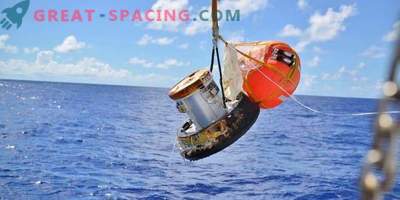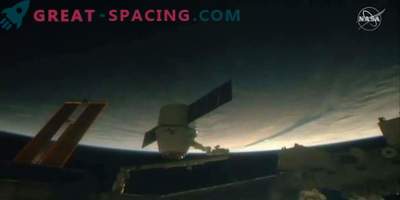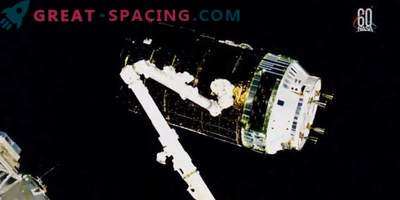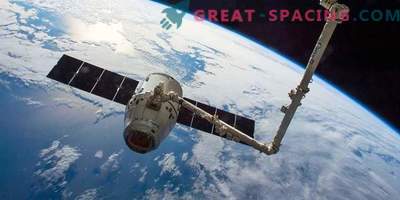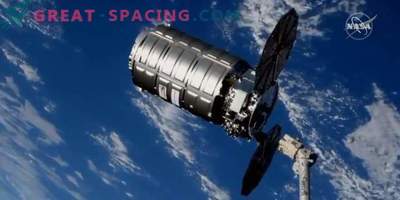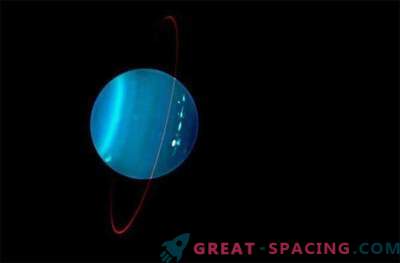
On November 7, 2018, the Japanese cargo ship HTV-7 was disconnected from the ISS to burn in the earth's atmosphere. He delivered to the station more than 5 tons of cargo
On November 7, a robotic Japanese cargo ship left the International Space Station, successfully completing the crew supply mission. The station’s astronauts released the HTV-7 using a robotic arm, sailing at an altitude of 254 miles over the northern part of the Pacific Ocean.
JAXA (the Japanese space agency) launched the ship to the station in late September to deliver more than 5 tons of food, scientific equipment and other supplies. Astronaut Alexander Gerst expressed his gratitude from the entire crew of the orbital station for resupply. He added that a cargo ship is a vital part of supporting the work of crew members.
JAXA cargo ships are disposable spacecraft designed to transport tons of supplies to the ISS. Then they fly away and are intentionally burned in the atmosphere of the Earth. The HTV-7 delivered some important materials for the ISS crew, including 6 new batteries for the solar power station of the orbital laboratory. He also brought two tiny satellites for the space elevator experiment (launched on October 6) and a small re-entry capsule to return samples from the ISS to Earth. If all goes well, the capsule is deployed before the HTV-7 returns to Earth in the South Pacific on November 10th. The capsule reaches the parameters 0.8 x 0.6 m, and the weight - 108 kg.
The return capsule is thrown from the hatch of the ship. It should land with a parachute off the coast of Japan. Inside are the results of an experiment on the growth of protein crystals. Gerst wished the capsule a successful return to Earth, because it was he and the 57th ISS Campaign who were engaged in its packing and joining with the HTV-7 hatch.
